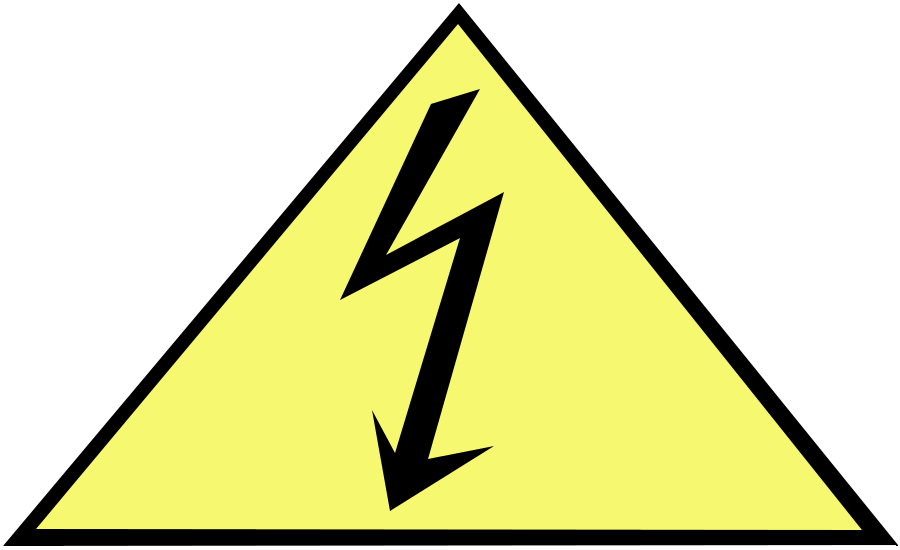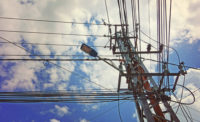The increase in recent years in heavy downpours, severe flooding and other severe weather events caused by climate change keeps electricians busy making repairs. It also keeps them in danger. Electrocutions are the fifth leading cause of all reported occupational deaths.
Backfeeding - the flow of electrical energy in the reverse direction from its normal flow – poses a special risk to electrical workers. It may occur when electrical power is injected into the local power grid from a source other than a utility company generator.
How can workers prevent being injured by backfeed?
The CDC recommends:
- Exercising extreme caution when working on or in the vicinity of unverified de-energized power lines. Treat them as “hot” unless you absolutely know these lines are properly de-energized and grounded. Because of the possibility of a feedback circuit, ground all lines on both sides of the work area and wear the proper required protective equipment.
- If you are a supervisor, instruct linemen to treat all power lines as energized unless they personally de-energize them by establishing a visible open point between the load and supply sides of the line to be repaired, by opening a fused disconnect, by opening a fused switch, or by removing a tap jumper if the load permits.
- Verify that the power lines have been de-energized.
- Provide proper grounding for the lines. Unless a power line is effectively grounded on both sides of a work area, it must be considered energized even though the line has been de-energized. Lines must be grounded to the system neutral. Grounds must be attached to the system neutral first and removed from the system neutral last. If work is being performed on a multiphase system, grounds must be placed on all lines. Lines should be grounded in sight of the working area and work should be performed between the grounds whenever possible. If work is to be performed out of sight of the point where the line has been de-energized, an additional ground should be placed on all lines on the source side of the work area.
- Wear appropriate safety and protective equipment and trained in procedures that address all magnitudes of voltages to which they may be exposed. Procedures should be established to perform a dual voltage check on the grounded load and supply sides of the open circuit. Once it has been determined that high voltage is not present, low voltage testing equipment, such as a glowing neon light or a light-emitting diode, should be used to determine if lower voltage is present.



